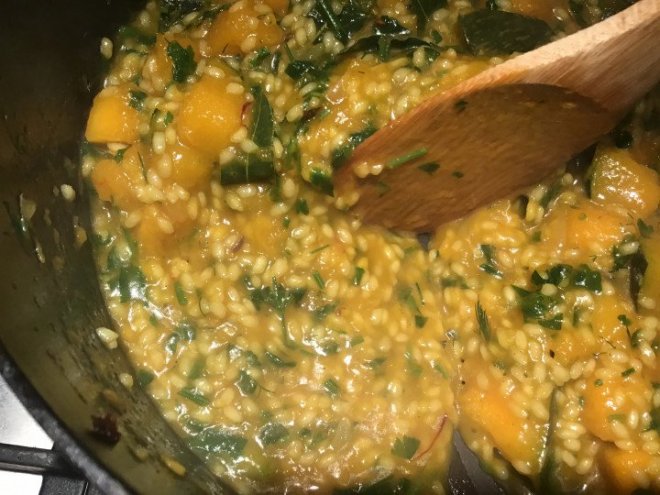I go camping as often as I can and pumpkin is one of the vegetables (it is actually a fruit) that like potatoes and onions is easy to get, even in the most remote places.. It lasts, does not have to be stored in the fridge (at room temperature and away from moisture is ideal) and is versatile.
I have been camping in Tasmania and those of you who have visited the remote parts of Tasmania know how difficult fresh vegetables are to find, but not pumpkin, and not just one variety. It is March after all, the official pumpkin season. and you may have a choice of Queensland Blue (also called Kent), Japanese pumpkin and Butternut.
When camping most of my cooking is done on a portable gas stove but, as now in Tasmania, I have been travelling in a camper van and on the odd occasion when I stay in a caravan park and have a powered site, pumpkin can also be microwaved on high until tender. Pieces of pumpkin can then be added to salads, soups, to other vegetables, meat or fish dishes; the pulp can be used in anything to add its unique flavour and to thicken and pureed pumpkin makes fabulous dips or a side dish, especially when mixed with mashed potato.
On this occasion, in my camper van’s simple gas stove I made a simple risotto…. and i mean simple!
When travelling, my biggest problem is not having internet coverage and in the remote areas ofTasmania internet connection has been extremely difficult. I will let the photos tell the story.
You can peel pumpkin if you wish, and most people do, but I often include the skin, especially at this time of year when the skin is relatively soft and unblemished.
I softened some onion in some butter and extra virgin olive oil … either cooking medium will do.

Added cubed pumpkin, sautéed the pumpkin briefly, added water and a good quality stock cube or two depending on the amounts you are cooking (still widely used in Italian cooking). When at home I use stock.

Add some rice and more water to cover the pumpkin and any herb that you have. Smaller supermarkets or produce stores do not often have fresh herbs, but when travelling I always help myself to rosemary and wild fennel when I see it. Herbs keep well and for a long time wrapped in a slightly damp cloth . On this occasion, in Richmond Tasmania I found fresh bay in a park.

It is autumn and I also found a quince tree laden with quinces, unfortunately I still respect fences and did not help myself. I was very tempted.

Let the pumpkin bubble away, there is not much heat control in a camper van’s stove….and only one burner worked.

Risotto does not ned to be stirred all the time, although many recipes will tell you that this is the only method for making risotto. Put a lid on the pan, turn the heat down and let it cook. Check periodically that there is enough liquid and that it is not sticking to the pan.

If the rice is cooking too fast and there is too much liquid, finish off the cooking without a lid.
Remember risotto needs to be all’onda... like waves, wet!
Place a lump of butter or a drizzle of good olive oil and top and serve it. Let the natural taste of the pumpkin do the talking, but if you would like to add a little Parmasen cheese or if you have a little grated nutmeg, both will enhance to sweet taste of the pumpkin even further.
In case you have not been to Tasmania, it is beautiful!






There are several recipes for risotto on my blog. Here are 3, use search button to find more recipes.
MUSSELS, three ways: in brodetto, with spaghetti and in a risotto with saffron





















